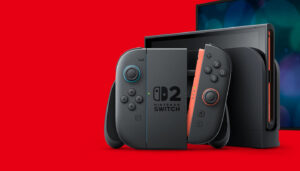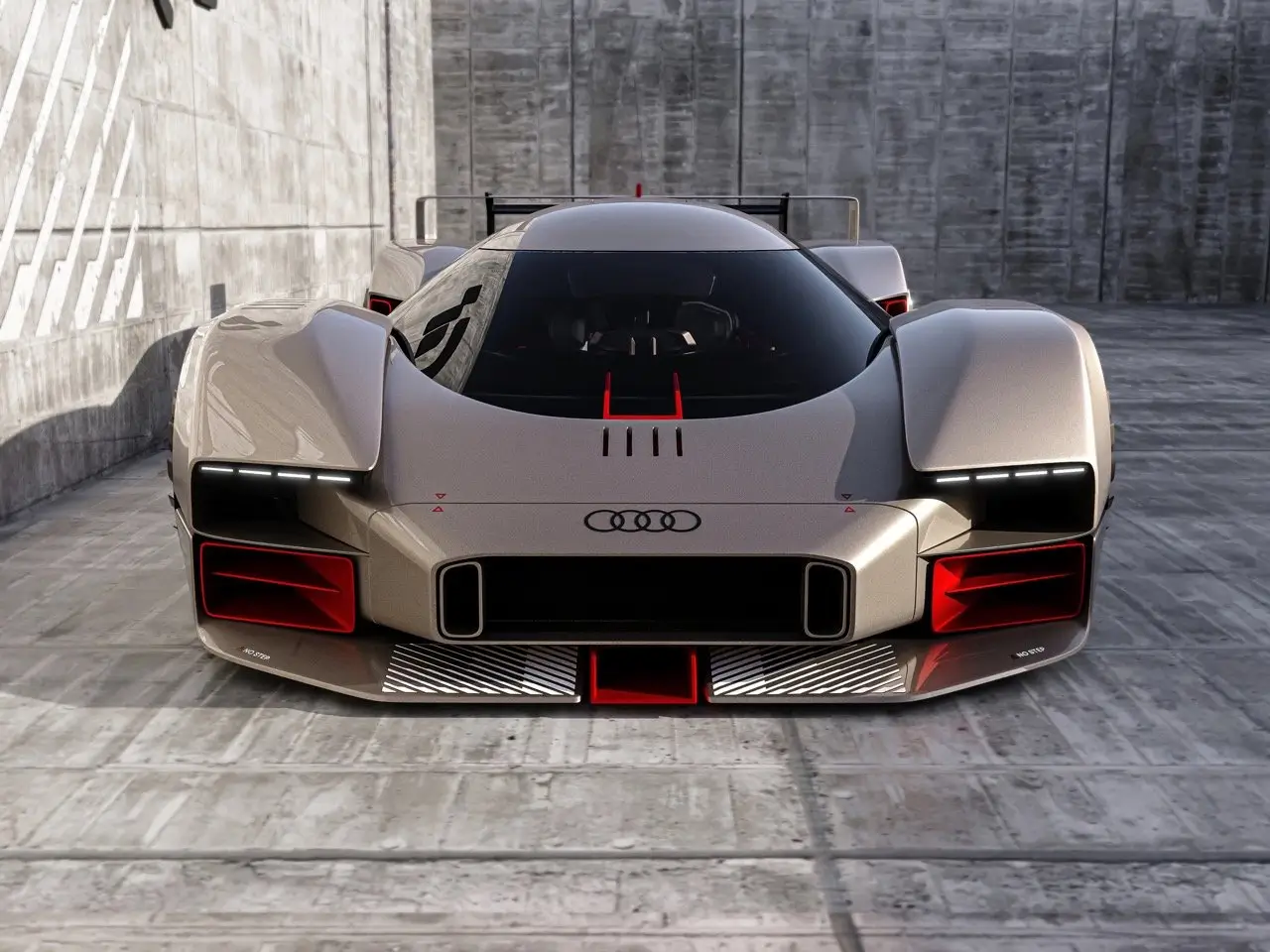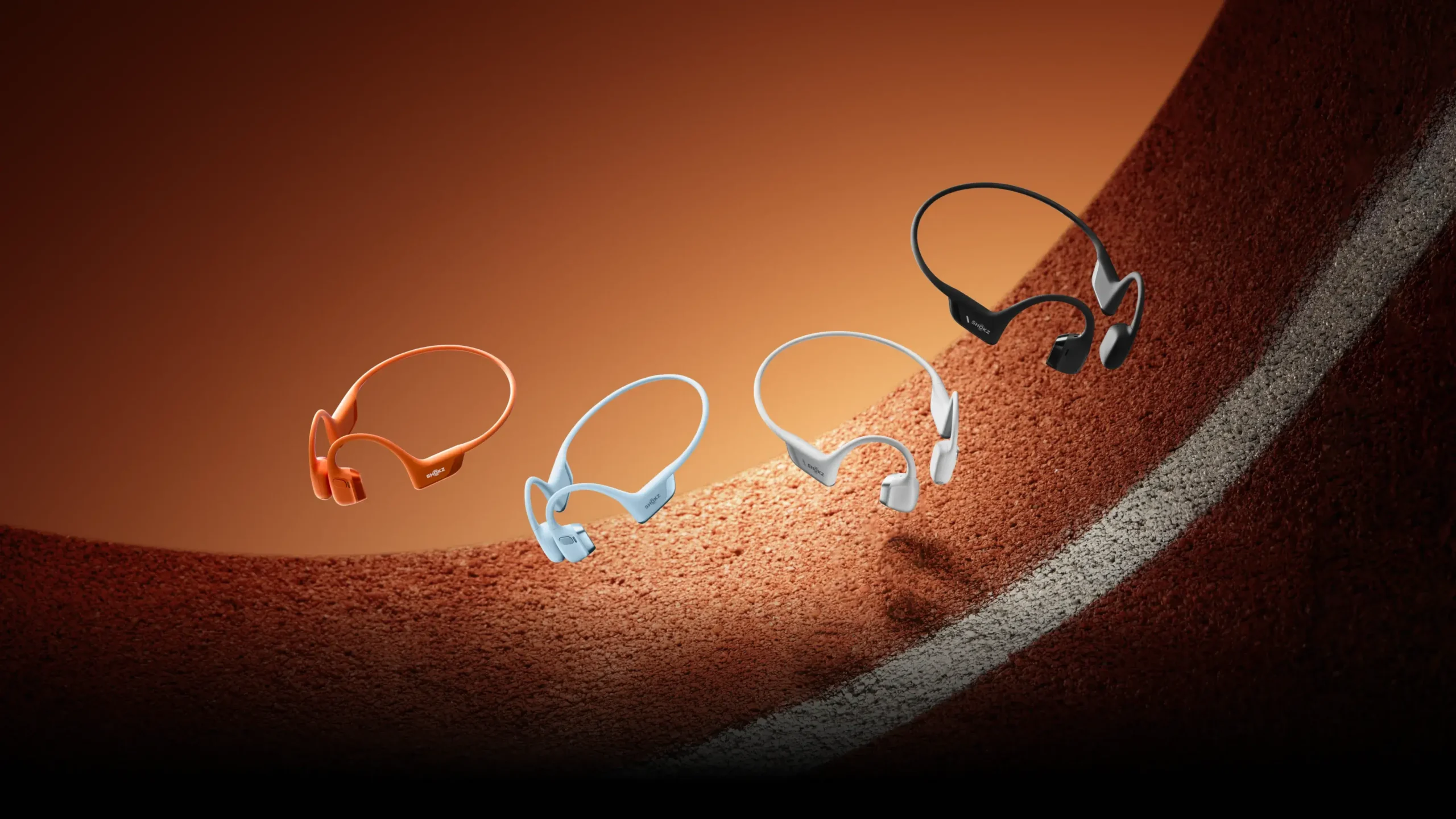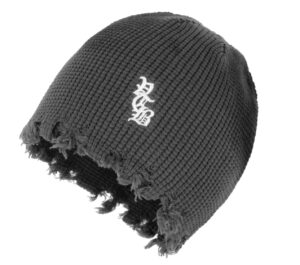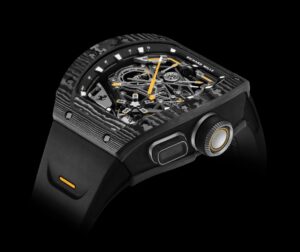The gaming industry thrives on evolution. Every few years, a hardware leap reshapes the landscape, pushing boundaries and redefining how players interact with their virtual worlds. With the official announcement of the Nintendo Switch 2, the cycle is set to repeat—but this time, Nintendo isn’t just catching up with its competitors; it’s aiming to leap ahead on its own terms.
Scheduled to release on June 5th, 2025, the Switch 2 represents Nintendo’s boldest hardware play since the original Wii. The decision to launch one day earlier than expected is more than a calendar adjustment—it’s a strategic power move to command global attention before the summer’s deluge of announcements and hardware refreshes.
This editorial offers a comprehensive, point-by-point breakdown of everything currently confirmed—and everything savvy buyers should know—about the next-generation Switch. From tech specs and pricing to performance features and launch titles, this is your go-to guide for Nintendo’s next big swing.
Release Date & Pricing: What You Need to Know
Launch Day: June 5th, 2025
June 5th is now etched into gaming history. The Switch 2 arrives right as summer kicks off, a deliberate play to dominate the season’s hardware market. Previously rumored to release on June 6th, the slightly earlier launch date ensures that Nintendo beats the competition to the punch and captures maximum media real estate before E3-adjacent events and Game Fest reveals. It’s classic Nintendo: outmaneuvering the competition not with bombast, but with impeccable timing.
Pricing Structure
Nintendo is entering premium console territory with the Switch 2, and the price reflects that confidence:
- Base Console: $449.99
- Console + Mario Kart World Bundle: $499.99
This marks a significant uptick from the $299 launch price of the original Switch in 2017. But with beefier internals, modern features, and a more robust ecosystem, the value proposition has also evolved. The bundle includes Mario Kart World, an ambitious new entry in the franchise with online play, cross-platform features, and dynamic track design—all fully optimized for next-gen capabilities.
Display & Visuals: Serious Eye Candy
The Switch 2 moves far beyond its predecessor’s modest display. Here’s what’s under the hood:
- 7.9-inch 1080p LCD touchscreen, dwarfing the original 6.2-inch 720p panel.
- 4K resolution when docked, marking Nintendo’s entry into ultra-HD gaming.
- HDR (High Dynamic Range) support for deeper color contrast.
- VRR (Variable Refresh Rate) support, reducing screen tearing in fast-paced games.
- Up to 120fps performance in select titles—especially competitive games—delivering silky smooth motion and tighter control feedback.
This is a major pivot from Nintendo’s historic focus on gameplay over graphics. With the Switch 2, the company appears ready to embrace both.
Joy-Con 2: Reinventing the Controller
If the original Joy-Cons were revolutionary, Joy-Con 2 is a clean-slate reimagining.
- Magnetic attachment system replaces the old rail-based slide-in mechanism, putting an end to Joy-Con drift.
- Mouse-mode functionality, aimed at precision control in genres that demand it—think RTS, FPS, and indie puzzlers.
- Advanced haptics and upgraded gyroscopic sensors enable more nuanced motion control and immersive feedback.
- Ergonomic improvements also mean longer sessions with less fatigue.
Nintendo clearly studied the shortcomings of its original controllers and opted for a complete overhaul rather than a patch job. The result is a controller set ready for modern multi-genre demands.
Performance & Storage: No More Compromises
Power users finally have something to cheer about. The Switch 2 doesn’t just play games—it runs them like a premium device should.
- 256GB internal storage, a massive leap from the original’s paltry 32GB baseline.
- Support for microSD Express cards, meaning faster read/write speeds and less wait time between game sessions.
- Custom NVIDIA Tegra processor, featuring DLSS-like AI upscaling, enabling near-4K performance with minimal resource drain.
Load times are down. Frame rates are up. And most importantly, Nintendo’s notorious lack of storage headaches has finally been addressed—without sacrificing portability.
GameChat: Built-In Voice & Video
In what might be the most overdue feature addition, GameChat now offers:
- Native voice and video chat, eliminating the need for clunky smartphone workarounds.
- Integrated party system, offering streamlined coordination for multiplayer games.
- Cross-game communication, a first for Nintendo.
While Sony and Microsoft have offered in-console voice chat for years, Nintendo finally joins the club—with polish. GameChat isn’t just a catch-up feature; early demos suggest it’s clean, accessible, and tailored to a family-friendly user base.
Backward Compatibility (Mostly)
Yes, your existing Switch library isn’t obsolete.
- Full support for physical and digital Switch games (though performance patches may be required for some titles).
- No support for Wii U or 3DS games, solidifying Nintendo’s clean break from its older platforms.
Nintendo is consolidating its software focus. By zeroing in on the Switch generation and beyond, it signals a unified vision—one that prioritizes refinement over retro compromise.
Why June 5th Matters: A Strategic Launch
Releasing a day earlier than expected might seem minor, but in the highly competitive console market, every 24 hours counts. Here’s why June 5th is a power play:
- Media Control: By launching just before Summer Game Fest and E3-adjacent events, Nintendo secures the global spotlight without shouting over other headlines.
- Sales Momentum: June 5 gives Nintendo a full summer to build sales before the holiday rush. It positions the Switch 2 as the go-to entertainment hub for vacations, road trips, and family gatherings.
- Market Preemption: Rumors of PS5 Pro and Xbox Series X Slim suggest late summer/fall announcements. Nintendo gets out ahead and captures wallets early.
Timing is everything—and Nintendo’s timing is flawless.
Pre-Order Strategy & Demand Forecast
History repeats itself. And if past console releases are any indication, the Switch 2 will sell out fast.
Pre-Order Window
Major retailers are expected to open pre-orders in March 2025, likely in waves. Early reports suggest limited edition bundles (Zelda or Mario-themed models) may be announced closer to launch, creating additional demand spikes.
Demand Factors
- High backward compatibility drives interest from existing Switch owners.
- Next-gen visuals and Mario Kart World will appeal to competitive players and families alike.
- Pent-up demand from fans awaiting hardware innovation from Nintendo since 2017.
Expect quick sellouts, reseller markups, and fierce competition for day-one stock. If you’re serious about getting a unit at launch, don’t wait.
Potential Launch Titles: Strong Out the Gate
Nintendo has historically leaned on strong launch titles, and the Switch 2 appears no different. Confirmed and rumored titles include:
- Mario Kart World – Bundle-exclusive at launch, with a standalone version coming later. It’s a fully rebuilt racing experience with cross-platform multiplayer, dynamic environments, and integrated GameChat functionality.
- The Legend of Zelda: Echoes of the Past – The direct sequel to Tears of the Kingdom, built with 4K texture packs, smarter AI, and large-scale dungeons.
- Metroid Prime 4 – After years in development limbo, the title is finally launching alongside the Switch 2, with support for ray tracing and 60fps performance.
- Super Mario Odyssey 2 – Still a rumor, but insiders claim it’s real and ready. A global reveal could drop just before launch, further driving pre-orders.
Together, these titles offer something for every segment of the Nintendo base—hardcore adventurers, casual racers, and platforming purists alike.
Final Verdict: Is the Switch 2 Worth It?
Buyers Who Should Jump In
- Original Switch Owners looking for upgraded visuals, faster load times, and enhanced controls.
- Competitive Gamers, especially in racing, fighting, and first-person shooters—who’ll benefit from the 120fps support and precision Joy-Con 2 design.
- Newcomers looking to enter the Nintendo ecosystem at its strongest point yet.
Buyers Who Might Wait
- Casual Players who play occasionally and still enjoy the original Switch.
- Budget-Conscious Consumers, for whom the $450–$500 price point may be too steep at launch.
- OLED Enthusiasts waiting on a potential Switch 2 OLED model, which industry analysts suggest could follow within 12–18 months.
In short: if you’re serious about gaming—and especially Nintendo gaming—the Switch 2 is more than worth the investment. But if your gaming habits are light, or your budget tight, holding off for bundles, sales, or a second model may be wise.
Impression
With the Nintendo Switch 2, the company has done something rare in gaming: it’s raised the bar without losing its identity. This console doesn’t chase specs for the sake of parity—it innovates where it counts. It’s Nintendo, retooled for the 2025 gamer.
The upgraded display, next-gen Joy-Cons, enhanced storage, and integrated chat systems don’t just check boxes—they solve real problems. Backward compatibility ensures your game library stays relevant, and launch titles suggest a roadmap that’s as ambitious as it is fan-focused.
Nintendo isn’t just launching a console. It’s launching a statement: portable gaming can be powerful, precise, and premium.
June 5th, 2025 isn’t just the day the Switch 2 launches—it’s the day Nintendo redraws the map.
No comments yet.


